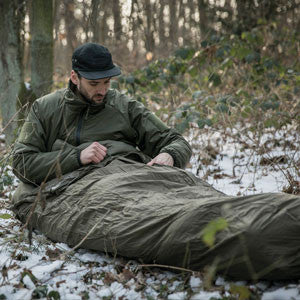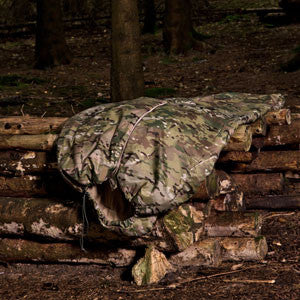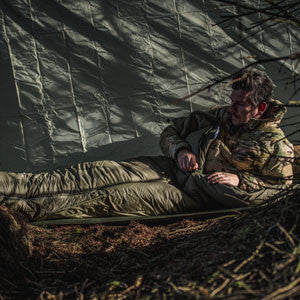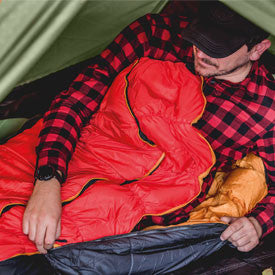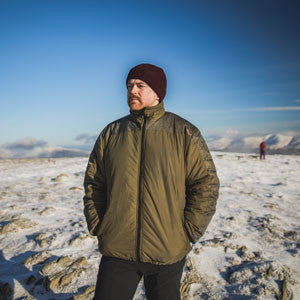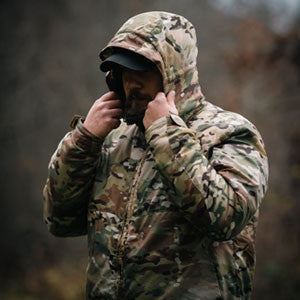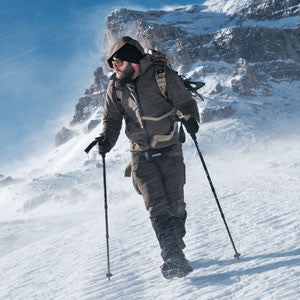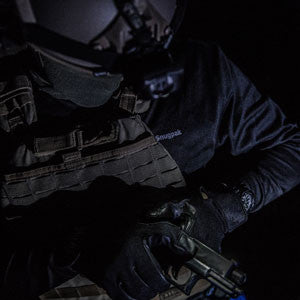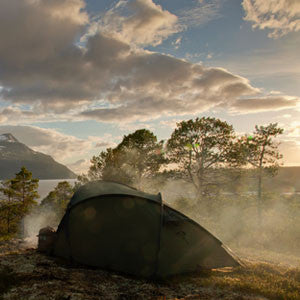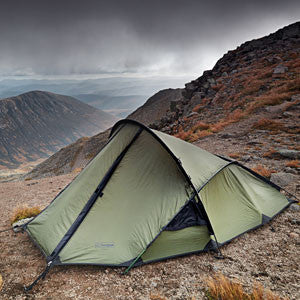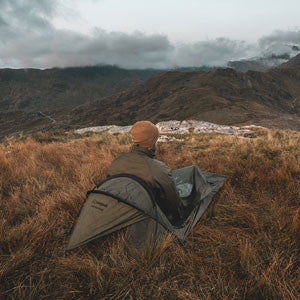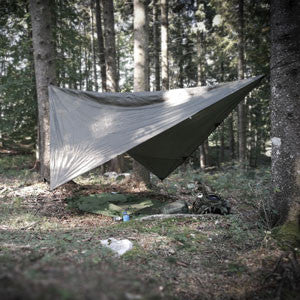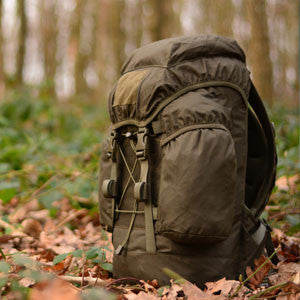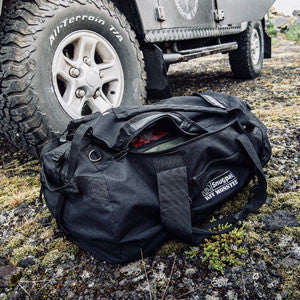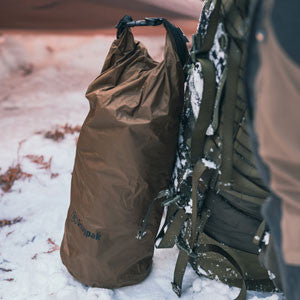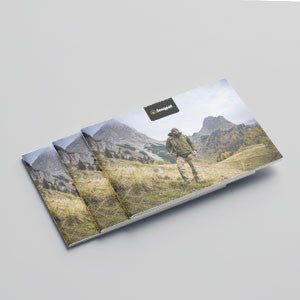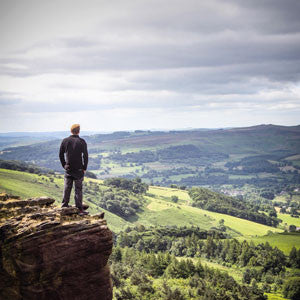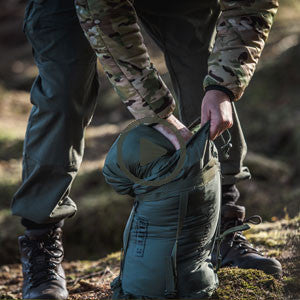
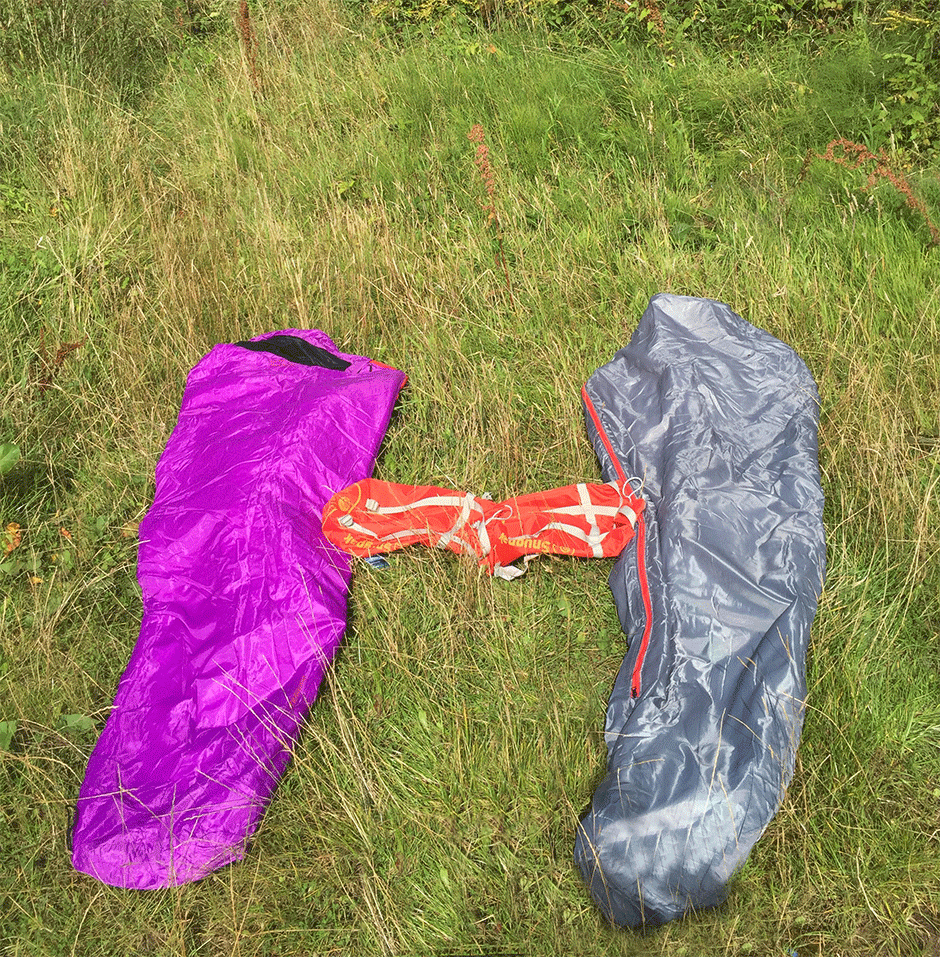
Ground To Air Rescue Signals.
Prioritised as an important skill for anyone venturing to the outdoors, the ability to create immediate or delayed effective ground to air rescue signals is essential. Rescue aircraft, technicians and search operatives are taught to search for rescue signs and signals and locating them could help save your life. In this article, Snugpaks ambassador, Perry McGee from the National Tracking School, again gives us extracts from his latest publication “The Essential Tracking Handbook” and illustrates how simple objects, including Snugpak kit, can be utilised to create useful rescue and survival skills.
Tips For Ground To Air Signalling
The subject of survival or how to initiate rescue throughout differing environments, is perhaps too large for a publication of this nature and when venturing into the outdoors, further research is always recommended. For those of us who regularly venture outdoors however, it is vital to remember the necessity for rescue signally can happen anywhere and it can happen to anyone. It is fact that unforeseen accidents do occur, usually when you do not want them to, and it is very important to have rescue procedures and plans in place.
For most of us, rescue is thankfully a rarity and although amazing accounts of survivors being rescued from dire situations exist, the use of what is commonly termed, ‘ground to air signals’, has often played a crucial role in the rescue. These lifesaving signals exist and are essentially used by the survivors to communicate with the airborne rescuers. They are easily created and adapted from carried kit, in this case, Snugpak gear and they can take many forms. For the purposes of this article, I am using Snugpaks Travelpak Sleeping Bags, which are perfect for this with their bright, vivid colours to create signals in the form of defined figures or lettering, visible from the air and here are some points for consideration when deploying emergency signalling:
- Make the task easy for the rescuer – When using emergency signals – think from the perspective of the rescuer and make their task easy. Avoid obstacles and create the signal large enough to be seen, using open areas such as wide-open areas and river beds. If necessary, adapt or improvise any materials found within the location, ensuring that appear unnatural from the air.
- Always signals in threes – Internationally recognised signals are nearly always located as series of threes. Survivors should where possible, use emergency signal in a repetitive fashion and always with an indication or location arrow.
- Signals should be set to work in your absence – Create as many signals as possible and remember that they should work in your absence. Passing aircraft and rescuers should be able to see signals when you are not present. Leave indication arrows with a date or time visible.
- Keep it simple – keep it effective – The use of any signal should always be kept simplistic and recognisable as a signal for help. Using internationally recognisable signals helps, but if nothing else available then improvisation will do. Remember – Nothing ventured – Nothing Gained.

The type, amount and size of any GTA signal used, will normally be dictated by the location, weather, circumstances and the immediate necessity. In addition, the resourcefulness and ingenuity of the survivor, together with the availability of materials and equipment all of which add to the overall risk of not being detected. The signals relevance to its surrounding environment is also vital and by using natural and unnatural backgrounds, silhouettes, shapes, movements odours and shadows, rescue signals can be adapted according to their position and surrounding environment.
As rescuers worldwide, in whatever guise are taught to search for “signs of presence” or “probable areas of detection”, this can also be utilised to signal for rescue. Anything from logs or stones stacked in an unusual manner, materials positioned in a distinct unnatural manner to visual scraping in the earth, in areas of high probability can all be adapted or placed and set. In the example shown, the Snugpak Travelpak has been used to create a H for help rescue signal using the bag body and also the brightly coloured compression sack is a perfect addition.
One significant aspect for the survivor to consider, is to understand that any rescue signal can be enhanced by making it multi-functional, such as flags orientated in an SOS position. Finally, as light travels, faster than sound, its creation, reflection or refraction are the quickest methods to attract the attention of an aircrew and this will be dealt with in another article.
So, there you have it, just a few extracts from the new book and one which I hope you never have to use. Until next time, stay safe and look out for the next article.
Perry McGee
National Tracking and Search Advisor UK
National Tracking Links

